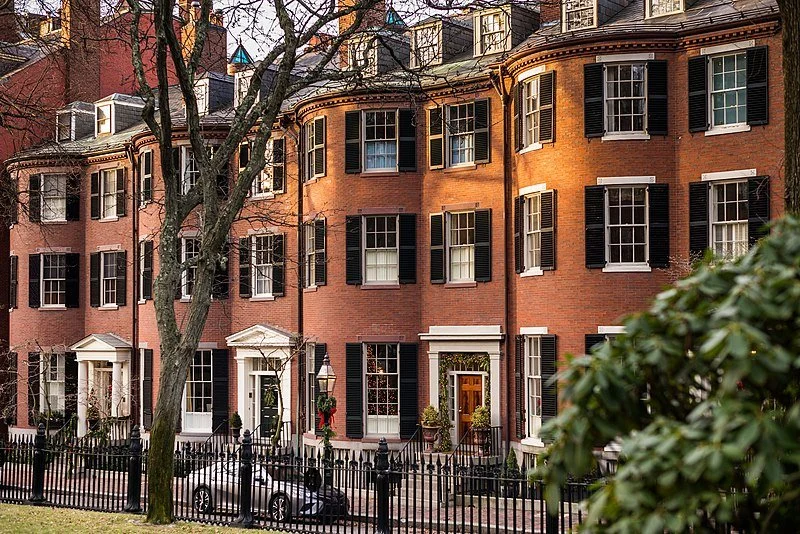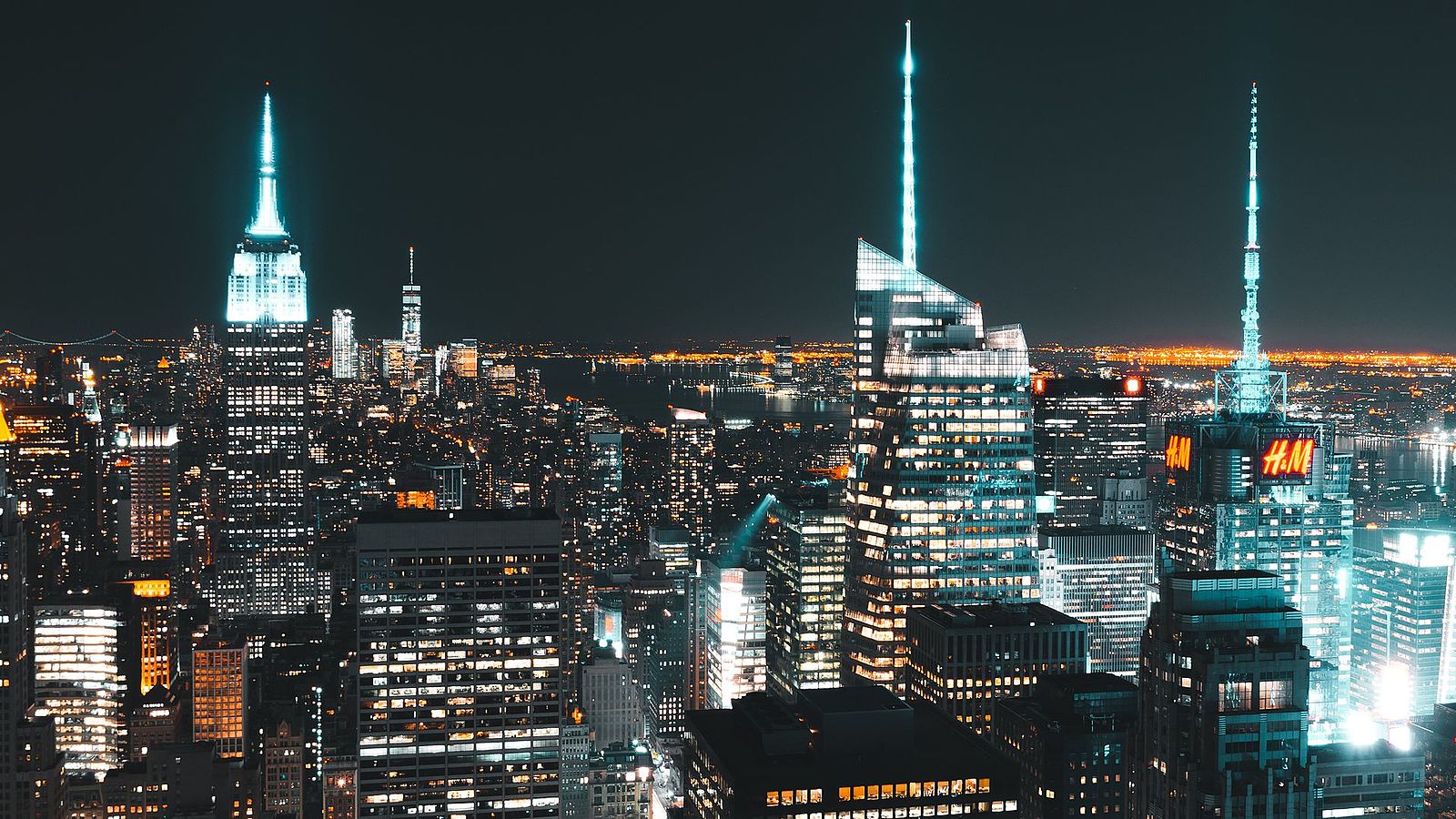
The Mass. surtax experiment
In ancient times, Egyptians seized for failing to pay taxes.
Adapted from Robert Whitcomb’s “Digital Diary,’’ in GoLocal24.com
Massachusetts collected about $1.8 billion from a new voter-approved levy on rich residents through the first nine months of this fiscal year; the year ends June 30. That’s $800 million more than what the legislature and Gov. Maura Healey had projected for this revenue for all of fiscal 2024! The levy, which many call “the millionaires’ tax,’’ is a 4 percent surtax on personal income over $1 million.
The money is supposed to go to transportation (especially in fixing and expanding the MBTA, which, reminder, also serves Rhode Island) and education. A big question is whether those improvements, by making the state more competitive from a physical-infrastructure and services standpoint, will more than offset the macroeconomic effects of folks taking their money to such tax havens for the affluent as New Hampshire, “The Parasite State,” with their much thinner public services.
Some businesspeople, for example, might decide that education and transportation improvements financed by the surtax will make the state enough of a better place to make money in the long term as to more than offset the increase in their income tax. Of course, for many millionaires and billionaires, any tax is too much; and they don’t need many of the public services used by the poor and middle class, including public schools, though I suppose they do like having, say, highways and airports.
We’ll probably know within a couple of years how this tax experiment is working out, and what the lessons might be for other states, especially in New England, though a recession may make it difficult to measure its long-term effects. It seems unlikely that Red States, most of which are in the South, will do anything like it. Rich folks have too much power there. But some Blue States might try variants of the Massachusetts experiment.
Money just for education and transport?
Will the “millionaires tax’’ drive any of the rich folks living in fancy streets like this on Boston’s Beacon Hill to move their official residences to Florida or New Hampshire?
Adapted from Robert Whitcomb’s “Digital Diary,’’ in GoLocal24.com
Massachusetts voters, by a 52-48 percent margin, approved what’s been dubbed “the millionaires’ tax’’ in the Nov. 8 election.
The Bay State has had a flat rate of 5 percent of federal adjusted gross income. A new constitutional amendment will add an additional 4 percent tax on taxable income over $1 million, starting in 2023, in a modest move to progressive taxation. (Federal taxation has progressive elements and unprogressive ones, the latter including shielding more income from capital gains than from earned income, favoritism that benefits the affluent.)
A Tufts University study projects that the “millionaires’ tax’’ will bring in about $1.3 billion next year, and that the levy would only affect 0.6 percent of households.
Proponents promise that all the money to be raised by the new tax would go to education and transportation. If that actually happens, it could strengthen the commonwealth’s – and New England’s – economy. Despite all the promotion of the Sun Belt’s tax systems – good for the rich, but not particularly for the poor and middle class, which are saddled with highly regressive sales taxes in these mostly Red States – the wealthiest states continue to be those willing to pay for good public services.
But would a recession, causing Massachusetts’s state tax revenues to fall, end up forcing the state to use much, or all, of that $1.3 billion to balance its budget? Could well happen next year in the predicted recession because there’s nothing to legally compel officials to spend the money just on schools and transportation (presumably mostly the MBTA, including trains to and from Rhode Island).
In any event, because of the new tax, a few rich folks will leave, and/or threaten to leave, the Bay State to go to Florida, that paradise of income-tax avoiders, money launderers, gigantic, floodable oceanside mansions, inland tarpaper shacks, big donors to GOPQ campaigns, 7-Elevens, terrifyingly wide intersections and Burmese pythons, or to, say, New Hampshire, which prospers in no small degree because it’s next to the great wealth creator of Greater Boston, in a state that’s willing to pay for extensive public services that support that wealth creation.
(While New Hampshire famously has no income or sales tax, it relies very heavily on property taxes. About 65 percent of government revenues come from property taxes – the highest dependence on such levies in the U.S.)
By the way, eight of the ten states most dependent on federal money are GOPQ-dominated and seven of the nine states that send more to the Feds than they receive are Democrat-dominated. But maybe that will change as people move around.
The Millennials' Manhattan
From Robert Whitcomb's "Digital Diary,'' in GoLocal24.com
I was in Manhattan a couple of days the other week and seeing all those young adults (some are friends of mine) on the sunny streets brought back memories of when I lived in New York, in the ‘70s. Most of them seemed to be in their twenties, recently out of college and at least looked and sounded ambitious and not yet soured by the claustrophobia and stress that accompany life in the city and that ultimately drives out a lot of people when they enter their thirties. The sight of a bunch of young lawyers with the name of their corporate firm, “Davis Polk,’’ on their T-shirts and probably headed for an obligatory softball game in Central Park sort of crystallized my nostalgia as I gazed at the gleaming towers, too many now occupied by Russian oligarchs and other flight capitalists.
When I lived there, “The City,’’ as we still call it, was falling apart for various reasons, some affecting all large American cities, some unique to New York. Crime was high, the subways were a mess (and mostly un-air-conditioned), strikes were frequent and many big employers were fleeing the city for Fairfield County, Conn.
Still, because of demographic changes, huge Reagan-era incentives for Wall Street, stronger mayors and an unexpected increase in younger Americans’ appreciation of the joys of city life, New York came back and is a hell of a lot spiffier now than it was 40 years ago. But you can see a few signs that it’s sliding again – there’s more graffiti and more bums than just a few years ago, when Michael Bloomberg was mayor, and the current mayor, Bill DiBlasio does not, shall we say, have the reputation for competence and integrity that Bloomberg had and has.
The city’s Achilles heel is its over-dependence on finance. Artificial intelligence and big New York banks’ drive to lower costs by moving major operations to cheaper places threaten to shrink the city’s greatest wealth creator.
The most surprising thing I saw on a sidewalk: A bike whose frame was made of wood.



